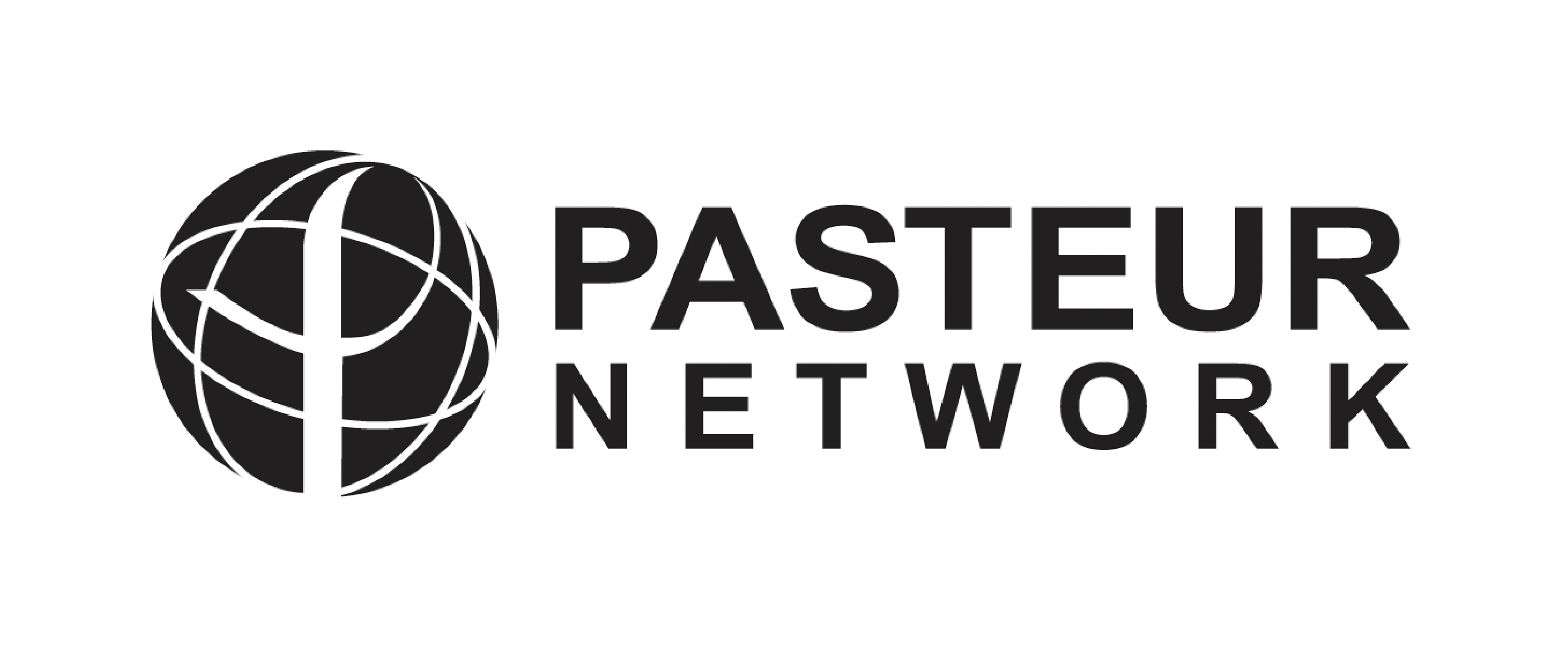Treatment of leishmaniasis in the Oyapock basin (French Guiana): A K.A.P. survey and analysis of the evolution of phytotherapy knowledge amongst Wayãpi Indians.
Résumé
ETHNOPHARMACOLOGICAL RELEVANCE: Cutaneous leishmaniasis is a neglected disease with a high incidence in French Guiana, mainly in the middle and upper Oyapock basin, where Amerindian and some Brazilian people live. The main goals of this work were (i) to assess the knowledge about leishmaniasis in the different populations of the middle and upper Oyapock basin, (ii) to study the therapeutic strategies adopted by people affected by leishmaniasis and (iii) to document the use of phytotherapeutic remedies for leishmaniasis. Knowledge, attitudes and practices (K.A.P.) related to this disease and its treatments have been studied according to cultural group and geographical settlement. Within the Wayãpi group, the evolution of the knowledge of phytoremedies over the last 20 years has been characterised by literature-based comparisons. MATERIALS AND METHODS: A total of 144 questionnaires were administered in all the villages of the upper Oyapock and Camopi basins. Correspondence analyses were used for multivariate analysis. Plant species were identified at the Cayenne Herbarium (CAY). RESULTS: The biomedical concept of leishmaniasis correlates well with the Teko and Wayãpi concepts of kalasapa and kalasapau. Although the vector of this disease was not correctly identified, the most commonly cited aetiology (74.5%) was vector-borne, and related epidemiological schemes correlate well with the one encountered in French Guiana. Theoretically and practically, health centres were the most commonly used resource for diagnostic in instances of leishmaniasis infection (65.9%), independently of the patient's cultural group, along with the use of pharmaceutical drugs (85.3%). Pharmaceuticals were commonly utilised despite the frequent (51.5%) use of phytotherapeutic remedies, alone or in combination with drugs. The most cited medicinal plant species for the treatment of leishmaniasis included Eleutherine bulbosa (Mill.) Urb. (Iridaceae, cited 14 times), Euterpe oleracea Mart. (Arecaceae, 9), Cecropia obtusa Trecul (Cecropiaceae, 8), Jatropha curcas L. (Euphorbiaceae, 7), Ceiba pentandra (L.) Gaertn. (Bombacaceae, 6) and Carica papaya L. (Caricaceae, 6). Multiple correspondence analyses demonstrated that the species used in leishmaniasis remedies are more prone to vary by the user's place of residence than by their cultural origin, which indicates that exchange of knowledge about leishmaniasis remedies has occurred across different cultural groups. Literature-based comparisons between the remedies for leishmaniasis used by the Wayãpi during the 1980s showed a striking evolution, both in terms of diversity of species and number of plants used. The large number of species shared with other Guianese groups argues for intercultural exchange and may explain the majority (57.1%) of the newly used species highlighted in our study. CONCLUSIONS: Leishmaniasis is a well-known disease in the studied area. Phytotherapeutic treatments are still in use, although they are not the main source of remedies, and should undergo pharmacological studies to evaluate their potential therapeutic value.
